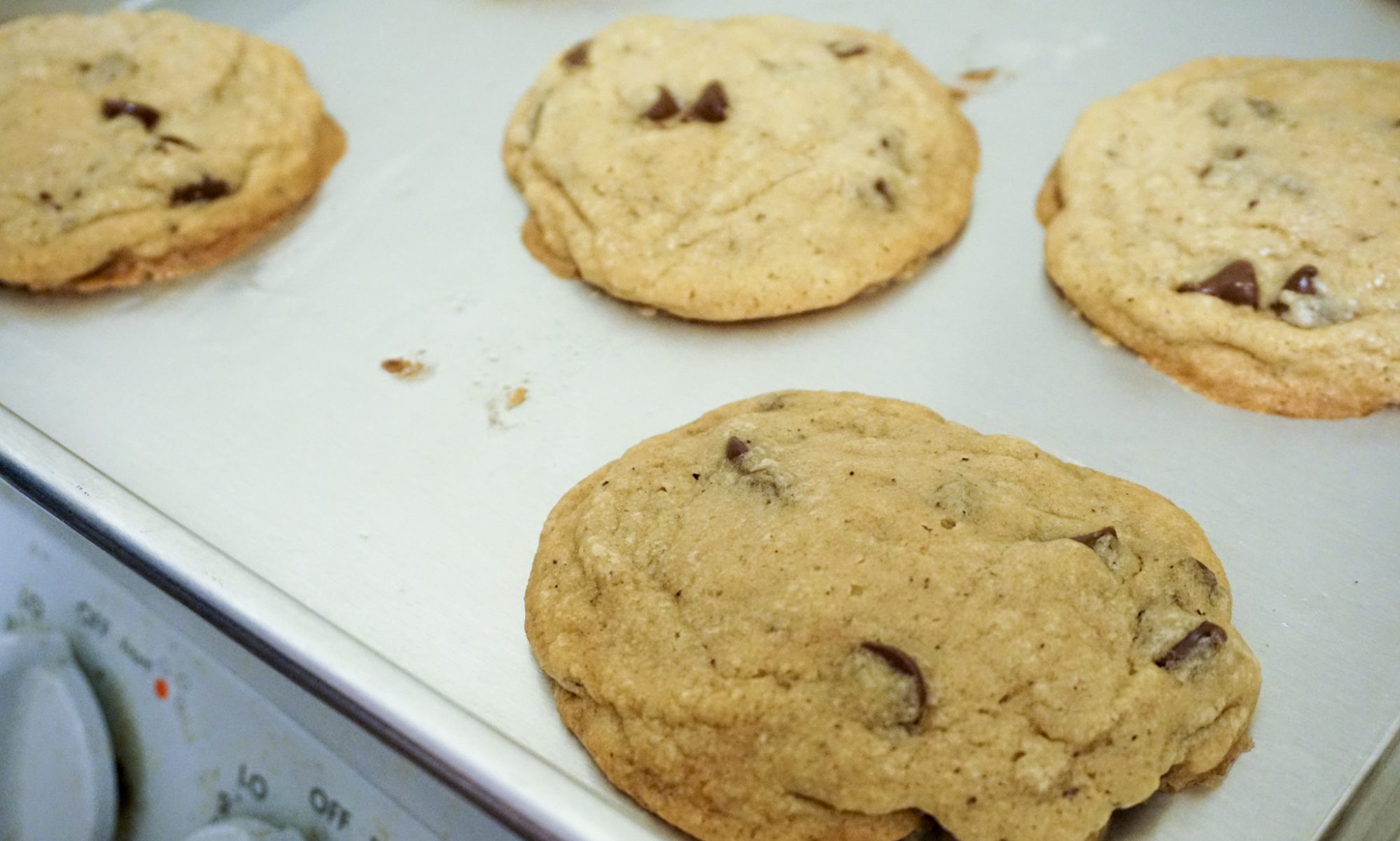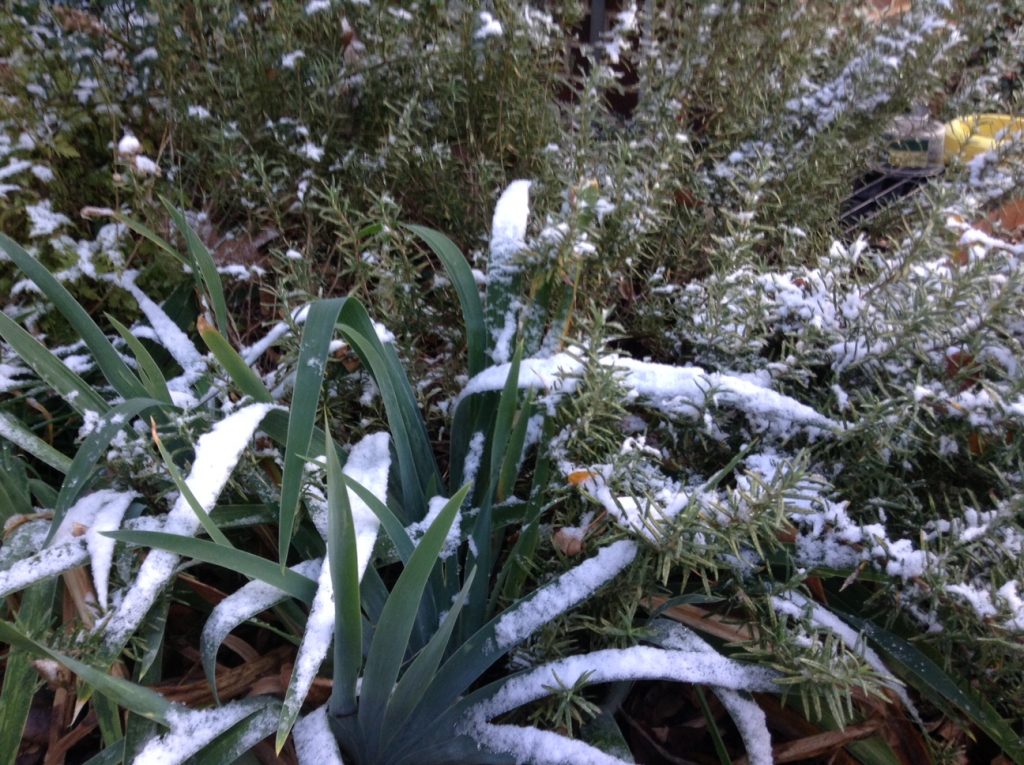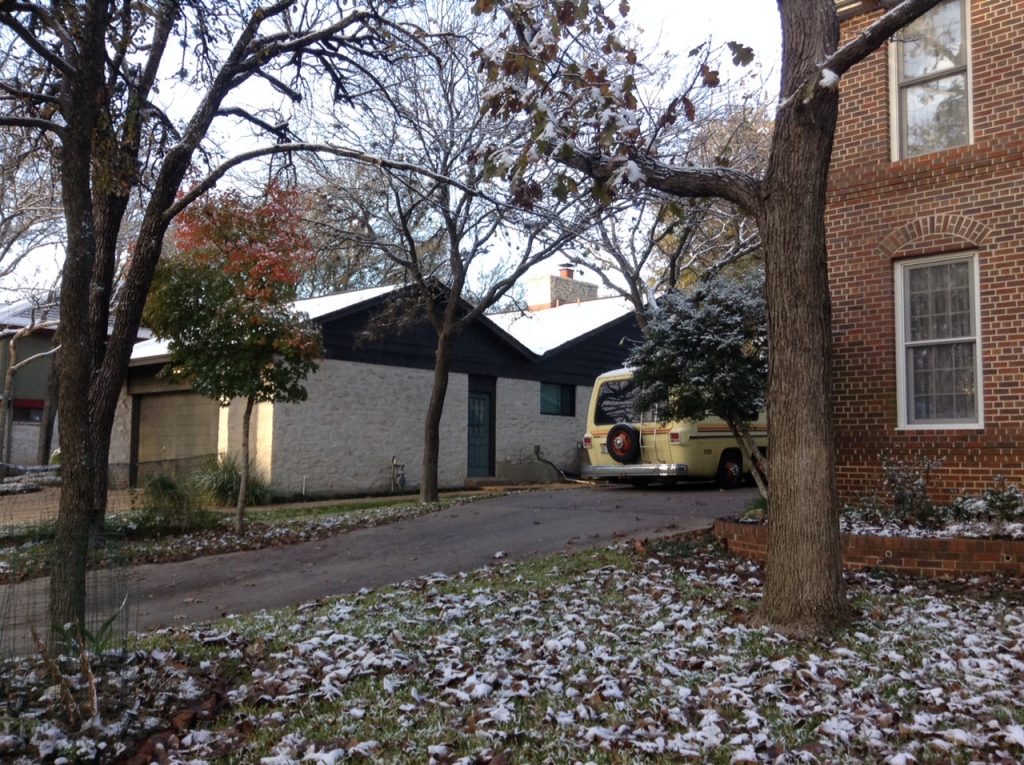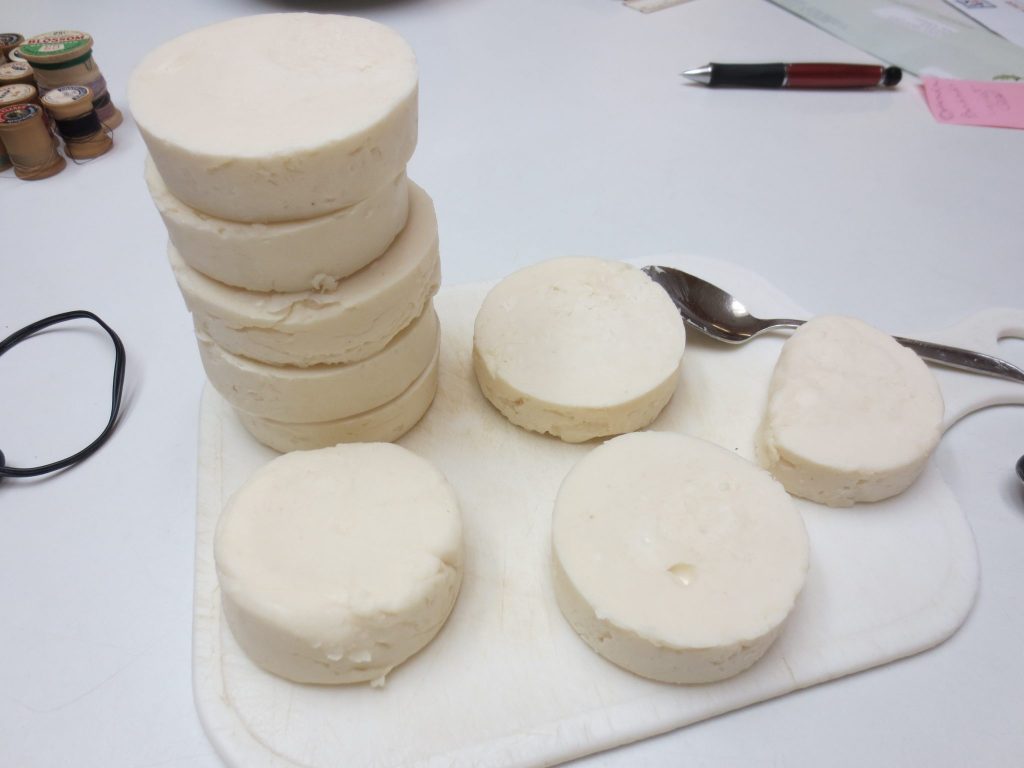I only wash my hair with water (and scrubbing!), which works well with soft water. If you have hard water, though, dissolved minerals bind to sebum in your hair to form a weird sticky white residue. Super unpleasant! It makes your hair oddly stiff. The only solution I’d found in the past was to occasionally (maybe once a month) wash with normal shampoo.
But I just had a breakthrough! Some people claim that washing with cold or cool water keeps your hair nicer (for unknown reasons). Between this and the fact that cold hard water in particular should have fewer dissolved minerals, I decided to try washing my hair with cold water (but take an otherwise hot shower). I wash my hair as the water is warming up.
It works amazingly well! The cold water even reversed previous mineral buildup. My hair is silky and soft without being greasy. It’s not stiff, it’s not sticky. Even my skeptical mom says that it feels nice!





